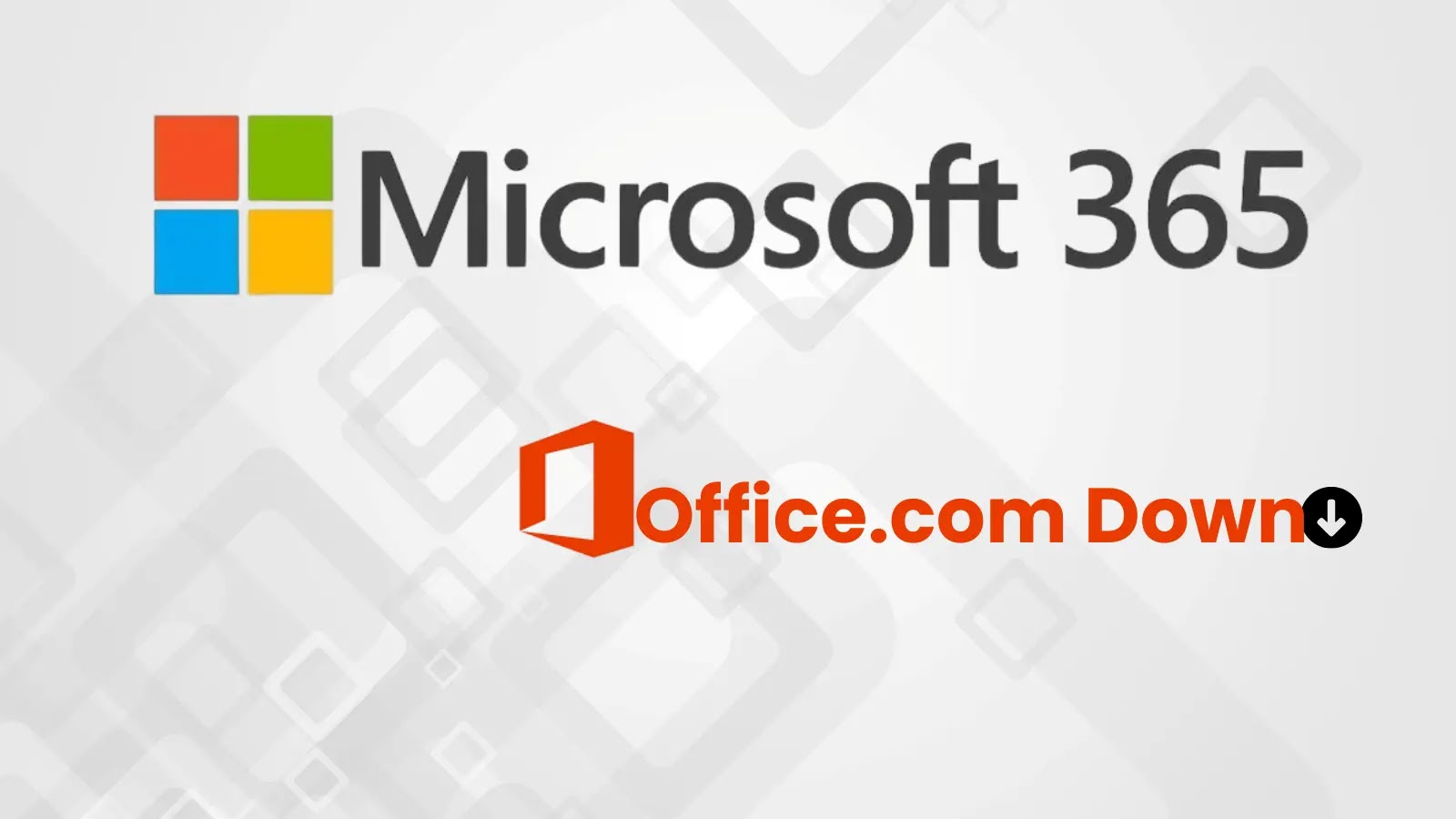In early October 2025, SonicWall, a prominent provider of network security solutions, disclosed a significant security incident involving unauthorized access to firewall configuration backup files stored in their cloud service. This breach has raised substantial concerns regarding the security of sensitive network configurations and the potential for targeted cyberattacks.
Incident Overview
Initially, SonicWall reported that the breach affected fewer than 5% of its firewall install base. However, subsequent investigations revealed that all customers utilizing the cloud backup service were impacted. The unauthorized access was achieved through brute-force attacks targeting the cloud backup API service, allowing threat actors to obtain encrypted firewall configuration files. These files contain critical information, including network rules, VPN configurations, and service credentials.
Nature of the Breach
The attackers employed brute-force techniques against SonicWall’s cloud backup API service, successfully accessing encrypted firewall configuration files. While the credentials within these files were encrypted, the files also included configuration details that could facilitate targeted attacks. The possession of such information increases the risk of exploitation, especially if the attackers manage to decrypt the credentials or leverage the configuration data to identify vulnerabilities within the network.
Potential Risks and Implications
The exposure of firewall configuration files poses several risks:
– Unauthorized Access: Attackers could gain access to SonicWall firewalls and associated services, potentially compromising the entire network infrastructure.
– Credential Compromise: Encrypted credentials, if decrypted, could be used to access VPN accounts, user logins, and integrated services.
– Network Exploitation: Detailed configuration data provides attackers with insights into network topology, access policies, and security measures, enabling them to craft more effective attacks.
– Service Disruption: Unauthorized modifications to firewall rules and system settings could lead to service disruptions or facilitate further malicious activities.
SonicWall’s Response and Recommendations
In response to the breach, SonicWall has taken several measures:
– Infrastructure Hardening: The company has enhanced its infrastructure by implementing additional logging and stronger authentication controls to prevent future incidents.
– Customer Notification: SonicWall is actively notifying affected customers and partners, providing tools and guidance for device assessment and remediation.
– Credential Reset Advisory: Customers are urged to reset all potentially exposed credentials, including passwords, shared secrets, and cryptographic keys.
Immediate Actions for Affected Customers
SonicWall recommends the following steps for customers:
1. Log in to MySonicWall Account: Verify if cloud backups exist for registered firewalls.
2. Assess Impacted Devices: Check for any flagged serial numbers indicating affected firewalls.
3. Implement Remediation Measures: Follow SonicWall’s containment and remediation guidelines for the listed firewalls.
4. Credential Rotation: Reset all credentials associated with the affected devices and services.
5. Disable WAN Access: Temporarily disable or restrict WAN access to services before performing resets to prevent unauthorized access during the remediation process.
Broader Implications and Industry Response
This incident underscores the critical importance of robust API security measures, including rate limiting and strong authentication controls. The breach has prompted discussions within the cybersecurity community about the necessity of proactive security practices and the potential risks associated with cloud-based backup services.
Conclusion
The SonicWall cloud backup breach serves as a stark reminder of the evolving threats in the cybersecurity landscape. Organizations must remain vigilant, regularly update security protocols, and ensure that all systems are fortified against potential attacks. By adhering to SonicWall’s recommendations and implementing comprehensive security measures, customers can mitigate the risks associated with this breach and enhance their overall security posture.



